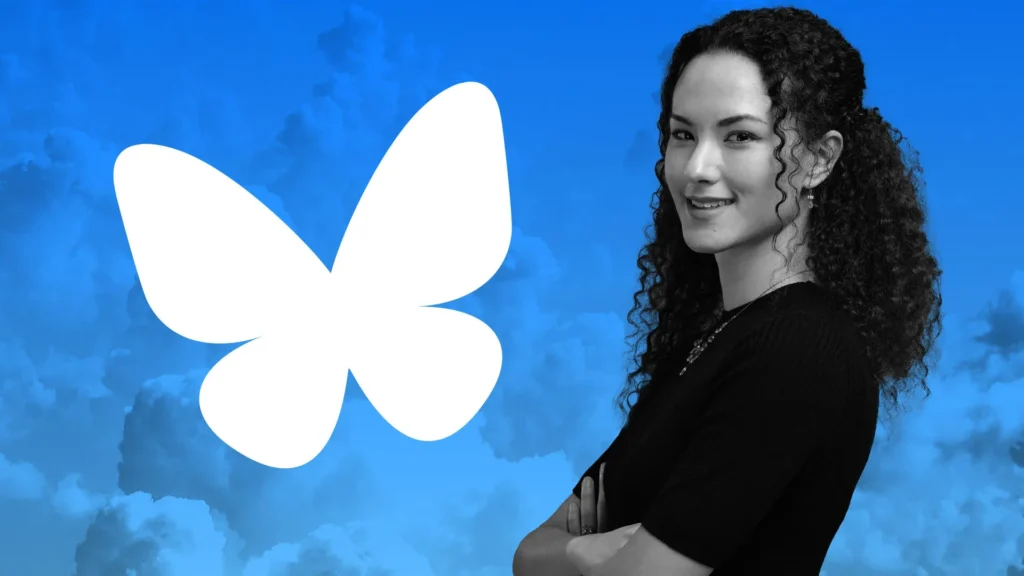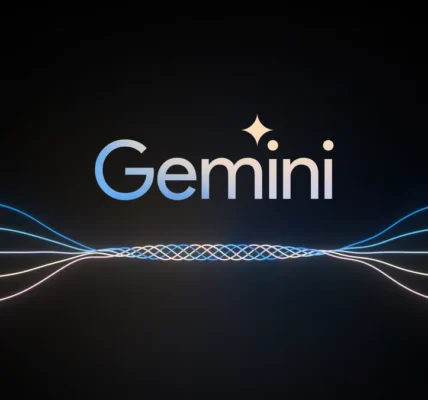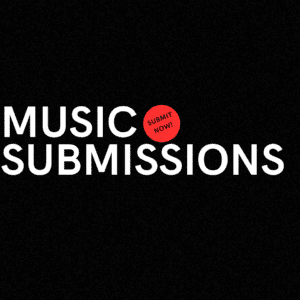In the ever-evolving world of social media, a wave of digital migration has begun to take shape, as thousands of users leave X (formerly Twitter) behind in favor of Bluesky, a rapidly growing alternative. In the past week alone, Bluesky’s CEO, Jay Graber, revealed that nearly a million new users have signed up each day, signaling a shift that many are watching with great interest. But what’s behind this sudden exodus?

While the departure of users from X has been an ongoing trend for months, the latest uptick coincides with a deepening sense of dissatisfaction with the platform’s direction under Elon Musk. For some, X has transformed from a lively, dynamic space for conversation into a battleground of toxicity, harassment, and controversy. Musk’s sweeping changes, such as loosening content moderation rules and the reinstatement of previously banned accounts, have left many feeling unsafe or disillusioned.
Bluesky, on the other hand, has emerged as a sanctuary of sorts, offering a refreshing change of pace. Unlike its more chaotic counterparts, Bluesky aims to be a space where users can feel safe and engaged without the overwhelming presence of bots, trolls, and abusive content. “A lot of people are saying they’re having a lot more fun here,” Graber noted in a recent interview. “They’re making friends online again, having conversations that feel genuine.” This sense of community and positivity seems to be exactly what many were craving but had lost in the noise of more toxic platforms.
But Bluesky is more than just a refuge from harassment; it’s a new way of experiencing social media altogether. Unlike the free-for-all nature of X, where trending topics and debates often spiral into unproductive chaos, Bluesky offers a more tailored experience. Users can subscribe to different “feeds,” akin to selecting a variety of magazine subscriptions, giving them more control over what they see and who they engage with. This model fosters deeper, more meaningful connections, with less emphasis on viral outrage.


At its core, Bluesky is designed to nurture creativity, self-expression, and trust. Graber explains, “Our goal is to give users an experience where they can have fun and feel safe.” And it’s not just about safety from harmful content; Bluesky also allows users to create their own niche communities, engaging in discussions that align with their values without fear of harassment or trolling. It’s a platform that puts the user in control, rather than subjecting them to the whims of algorithms or political agendas.
This departure from X is about more than just a change in environment. It’s a philosophical shift. Users are seeking something different—something more aligned with their needs for connection, creativity, and freedom. As the internet becomes increasingly polarized, platforms like Bluesky offer a glimpse of what social media can be when it prioritizes user well-being over controversy and clicks.
With its explosive growth, Bluesky is quickly becoming the platform of choice for those who want a fresh start. But can it maintain its distinct identity as it scales? Can it avoid the same pitfalls that befell X, particularly as its user base swells? Only time will tell. But for now, one thing is clear: Bluesky is offering a compelling alternative in an increasingly fractured digital landscape. And it’s sparking a conversation that many of us didn’t even know we needed to have.








